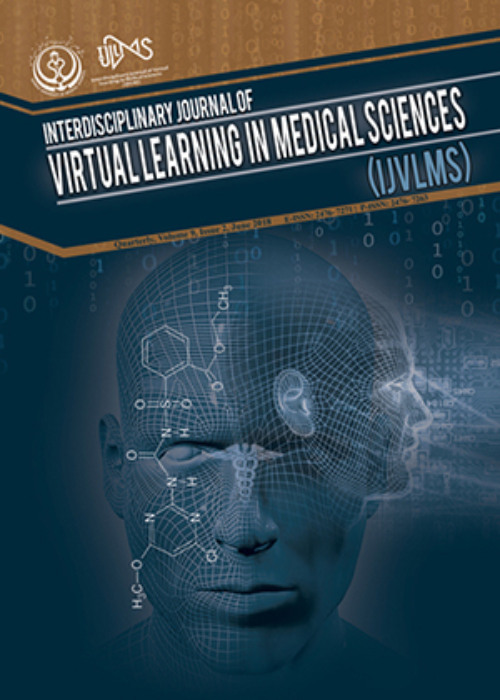Transcultural Adaptation and Psychometric Evaluation of the Online Learning Self-Efficacy Scale among High School Seniors in Bandar Abbas City
Online education has become more popular in recent years. Nevertheless, students may face challenges in online courses that can influence their academic self-efficacy (ASF). However, a comprehensive and localized tool for measuring ASF in online courses in Iran is needed. This study aimed to validate transcultural adaptation and psychometrically evaluate the Online Learning Self-Efficacy Scale (OLSES) among high school seniors in Bandar Abbas City.
This transcultural adaptation study validated the OLSES in Tehran in 2022. The sample consisted of 1080 High School Seniors living in Bandar Abbas who participated in the cluster sampling procedure. The researchers used the OLSES and the ASF Questionnaire (ASEQ), which were sent to the participants via Google Forms. The OLSES questionnaire was translated using the back-translation method, and ten experts evaluated its face and content validity. The concurrent validity of the OLSES questionnaire was examined by correlating it with ASEQ. The OLSES questionnaire’s construct validity was tested by exploratory and Confirmatory Factor Analysis (CFA) using SPSS 21 and LISREL 8.80 software. The reliability of the OLSES questionnaire was evaluated by Cronbach’s alpha, test-retest, and split-half methods. The confidence interval for testing the hypotheses was 0.05.
The results showed that the OLSES questionnaire had acceptable face and content validity, concurrent validity, construct validity, and reliability. The mean Content Validity Ratio (CVR) and Content Validity Index (CVI) values for the items were 0.88 and 0.83, respectively. The Pearson correlation coefficient between the OLSES and ASEQ scores was 0.56. The OLSES questionnaire had a valid three-factor structure, measuring online learning self-efficacy (OLSE) in online learning environments, technology self-efficacy, and time management. These factors explained 63.606% of the total variance, with variances of 25.87%, 18.78%, and 13.23%, respectively. The CFA indicated that the three-factor model was better for the data than the one-factor model, with acceptable fit indices: SRMR=0.021 and CMIN/DF=2.39. The number of items in the OLSES questionnaire remained unchanged at 22 throughout the validity and reliability assessments. The overall scale had a Cronbach’s alpha coefficient of 0.95 and a test-retest reliability of 0.79.
The OLSES questionnaire was a valid and reliable measure of OLSES among high school seniors. It can be used to assess students’ confidence in online learning.
- حق عضویت دریافتی صرف حمایت از نشریات عضو و نگهداری، تکمیل و توسعه مگیران میشود.
- پرداخت حق اشتراک و دانلود مقالات اجازه بازنشر آن در سایر رسانههای چاپی و دیجیتال را به کاربر نمیدهد.


